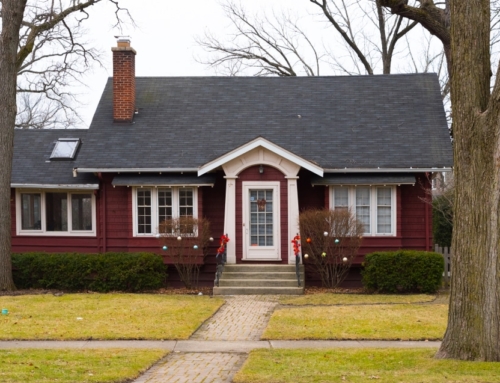Many seniors (or their adult children) have to confront the reality that they can no longer live independently in their home. Moving into an assisted living community may be an attractive option, but choosing—and paying for—the right facility can seem overwhelming.
The move to assisted living requires careful planning. It’s important to ensure you’re getting the best care for your money without putting too big a strain on your financial resources.
1. Identify the needs of the person who will be moving to assisted living.
Generally speaking, the need for assisted living is determined one of two ways: At the end of a hospital stay, a senior may be steered toward assisted living after being discharged. This is especially true if the senior was hospitalized for sustaining a fall or another injury while living alone. Or, a senior’s adult child may notice a severe decline in the health and living conditions of his or her parent.
In either instance, it’s important to remember that it is essential to identify any medical conditions and needs of the patient in order to find the right care. It’s also important to ensure that the senior can qualify for government assistance to pay for care, if needed.
Assisted living primarily provides help with daily necessities, including meal preparation, personal care and hygiene, and cleaning of the residence, among other day-to-day activities. However, different communities specialize in the care of different medical conditions. For example, memory care communities focus almost exclusively on the care of those who have Alzheimer’s disease or senior dementia. Knowing what needs have to be met can make choosing a facility easier.
2. Choose a community.
Assisted living communities come in many shapes and sizes, so you may want to get recommendations from a social worker or long-term care agent. Depending on the type of services provided, communities can have very different pricing—anywhere between $2,000 and $5,000 per month. You may need to evaluate whether or not you want to dip into your savings in order to pay for care.
If $2,000 a month seems too expensive, you may want to consider supplemental income sources such as veteran’s benefits or Medicaid. Many larger communities offer bridge loan programs for those waiting for benefit assistance, provided you have a good credit history.
3. Consider residential care.
Most people think of assisted living as a large community of 100 to 200 residents who live in apartment-style accommodations, but there are different types of facilities, such as residential care homes or group homes. These communities typically house between five and 10 residents at a time, cared for by a small staff. For certain people, especially those with language barriers, this can be a good option.
Group homes are typically are less costly than assisted living, and pricing can vary depending on the care a patient needs.
4. Remember that Medicaid offers long-term care benefits.
Medicaid provides a benefit for long-term care, which helps ensure that those who need care but cannot afford it can find a community. Because Medicaid is administered by individual states, the program will vary depending on where you live. Qualification requirements can vary as well, but generally it is required that the patient be unable to function independently or have a health condition such as Alzheimer’s or dementia.
Programs also have different contractor networks. For example, certain states require seniors to live in state-run communities. Contact a social worker, long-term care professional, or your state’s Medicaid office to find out what is locally available to you.
5. Look into the VA Aid & Attendance (A&A) pension.
Veterans and their spouses may be eligible for an increased pension if they require the aid of another person to perform everyday functions or if they are housebound. These benefits are paid in addition to a monthly pension and are not paid to anyone ineligible for the pension. Eligible veterans must also be receiving professional care in order to apply for the benefit.
Unfortunately, the Department of Veterans’ Affairs (VA) can be extremely slow to process applications. In my experience, it takes approximately nine months to qualify. However, the VA does offer back pay from the date of application if you qualify. Many communities will be willing to work with you on contingency while you apply for the benefit if you turn over the back paid money to them upon qualification.
The importance of long-term thinking
Take the “long-term” part of long-term care to heart. Many people spend too much money on long-term care—assuming they’ll only need it for a short time—and ruin their finances, leaving them in a much worse financial position than they were before. If they do have to spend less money, it can be very difficult to downgrade amenities or care. You should find care that your loved ones can sustainably afford, rather than thinking of it as a temporary solution.
Don’t be afraid to reach out to medical professionals, friends, and family for guidance. By being clear headed and meticulous, you will make the right choices for yourself or your loved one.
Jacob Edward is the Manager of Senior Planning, a long-term care-planning agency in Phoenix, Arizona.
[amazon_link asins=’1524763438,B06XNL5ZYX,B0029LHHRC,B01LP0U5X0′ template=’ProductCarousel’ store=’thinkglink-20′ marketplace=’US’ link_id=’ec8d9a5c-0b67-11e8-8576-f1d29d443b40′]






